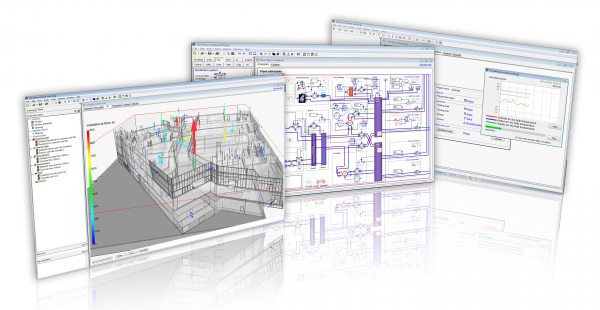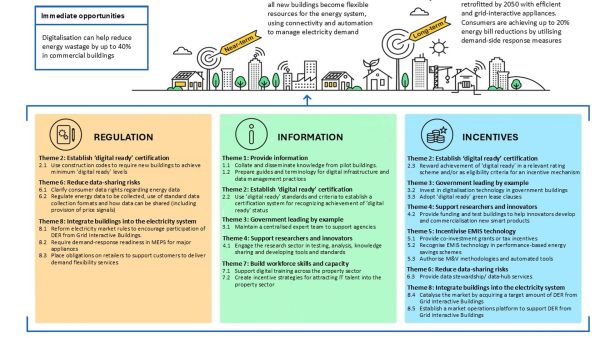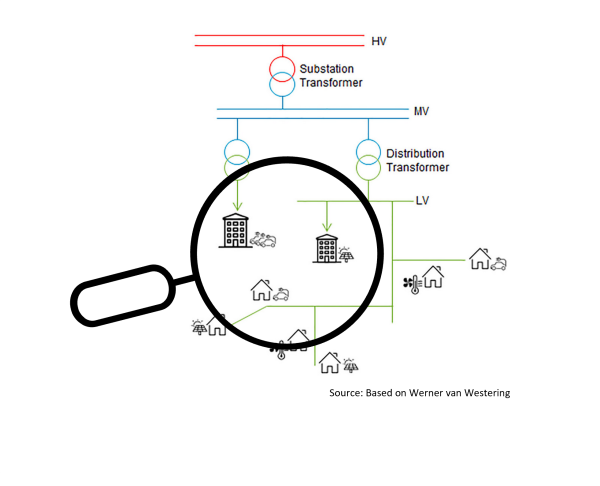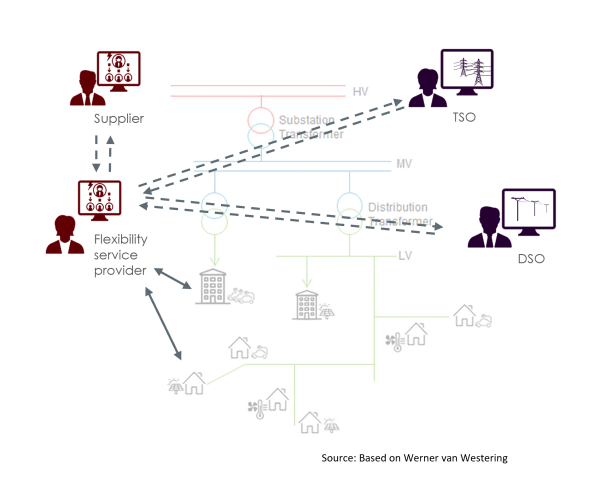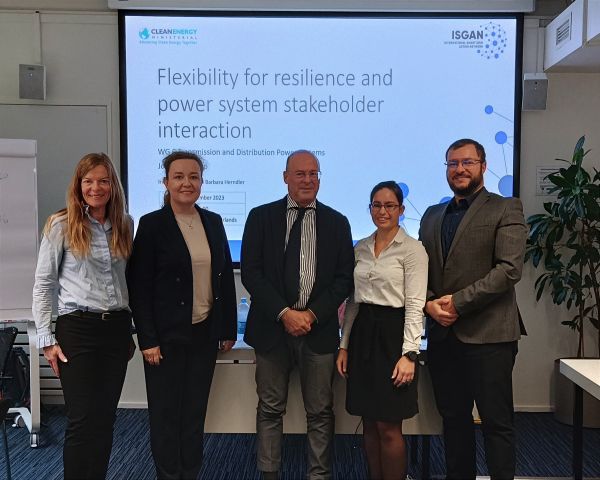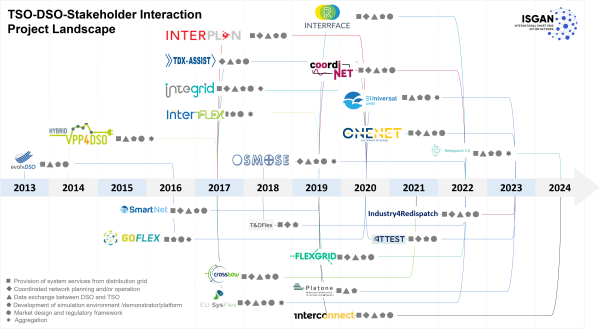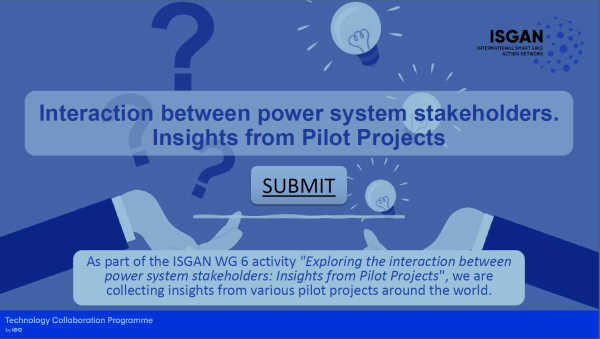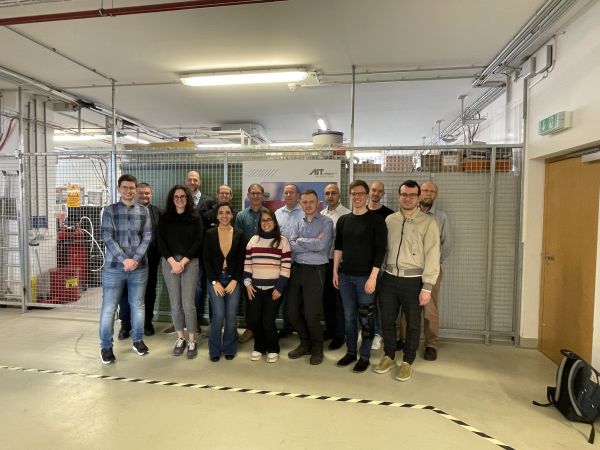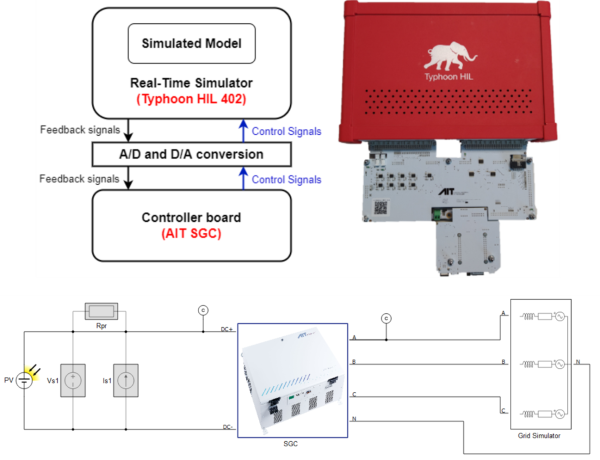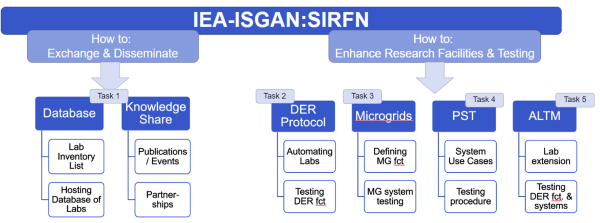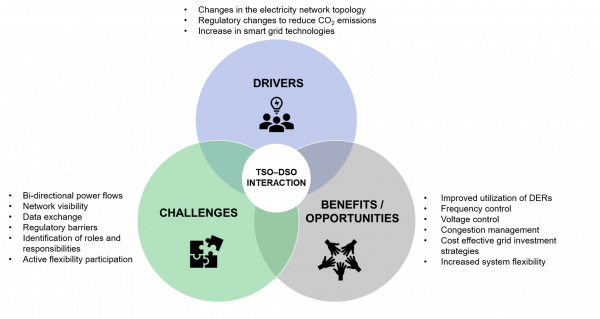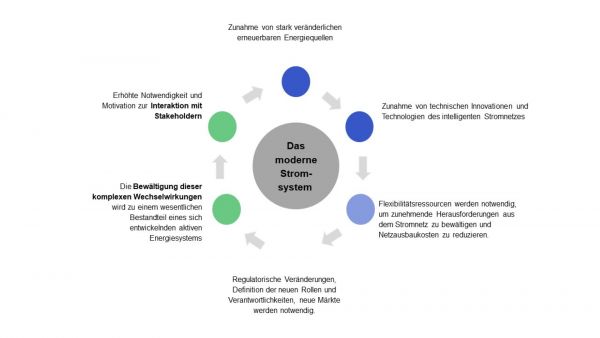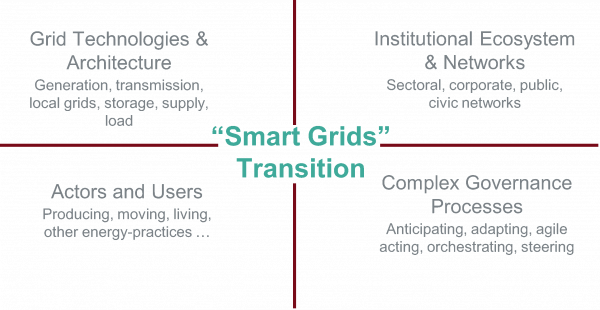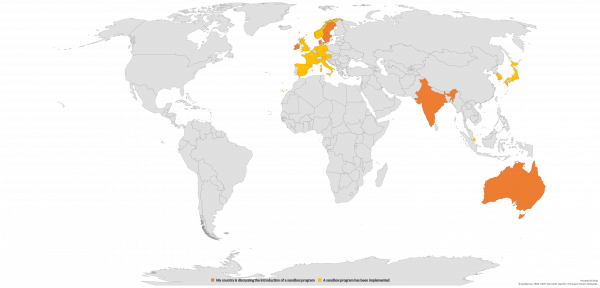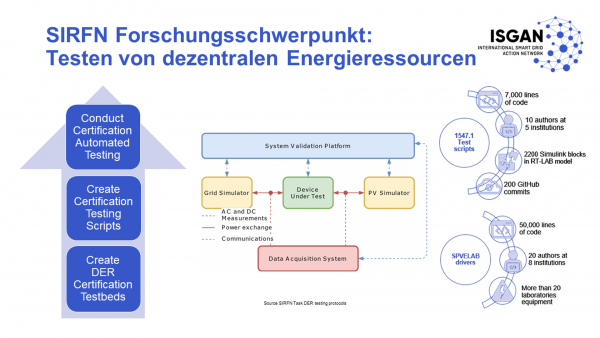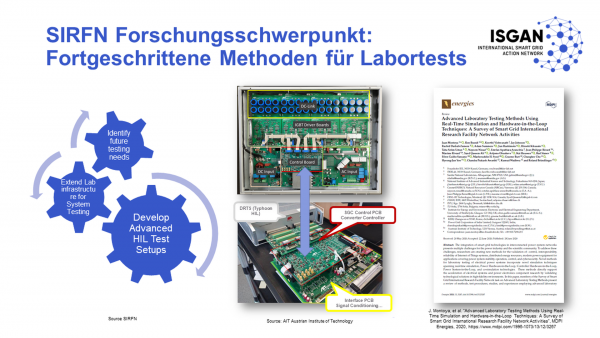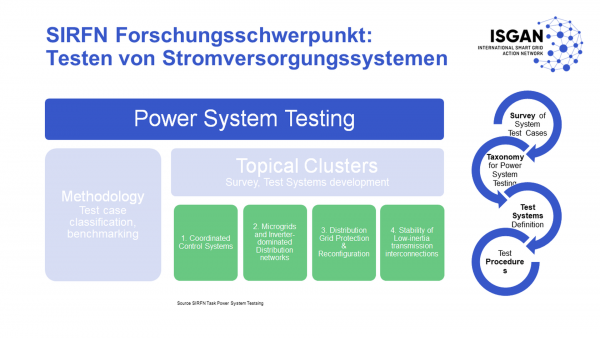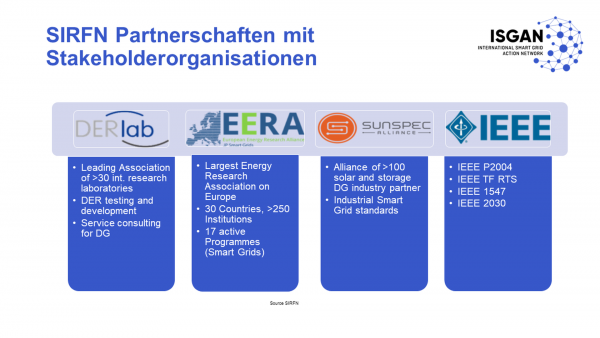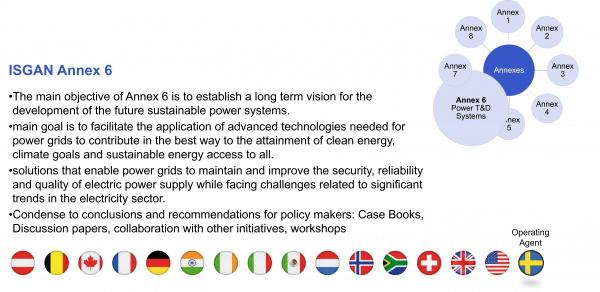Project Image Pool
There are 160 results.
Terms of use: The pictures on this site originate from the projects in the frame of the programmes City of Tomorrow, Building of Tomorrow and the IEA Research Cooperation. They may be used credited for non-commercial purposes under the Creative Commons License Attribution-NonCommercial (CC BY-NC).
Combined building and plant simulation in real time
In a dynamic building simulation, the zones (rooms) are in contact with their surroundings and with the adjacent building components, the people, equipment and objects located in them. In the combined building and plant simulation, the dynamic interaction between building, plant and control is also taken into account. A building and plant simulation, adapted in real time to the actual weather conditions and current measurement data from the building, can help to optimize the control of the building services and thus reduce energy costs and increase user comfort.
Copyright: EQUA
Two Austrian demonstration building digital twin
In recent years, AEE INTEC has completed two projects for the development and initial implementation of a digital twin on real buildings in Austria. This digital twin is a detailed simulation model using IDA ICE software, which is compared in real time with measurement data from a real building. This creates a model that represents the real condition of the building and its building services at any given time. This model can then be used for automated fault detection or to optimize control systems. The aim is to reduce energy consumption and improve user comfort.
Copyright: AEE INTEC / Arrowhead Tools Project
Annex 81 Policy Package
Graphic representation of the policy package of measures developed in Annex 81 to promote Data-Driven Smart Buildings.
Copyright: Stephen White - format adopted from from IEA, 2023 “Energy Efficiency Policy Toolkit 2023”,
Visibility and Obervability of distribution grid assets and grid status
One challenge for the use of decentralized flexibility is the current lack of visibility of the systems and the lack of observability in the distribution grid, as well as the lack of real-time information on the topology of the distribution grid itself. These problems make it difficult to verify the actual need for flexibility as well as to validate or measure the flexibility provided.
Copyright: AIT Austrian Institute of Technology based on Werner van Westering
Data exchange between different stakeholders as a challenge
The energy system data and the data exchange between transmission and distribution system operators, as well as suppliers and aggregators, are currently only sufficient to a limited extent to enable an appropriate provision of flexibility services.
Copyright: AIT Austrian Institute of Technology based on Werner van Westering
Speakers at the ISGAN WG6 workshop on flexibility for resilience and stakeholder interaction
Speakers at the ISGAN WG6 workshop on flexibility for resilience and stakeholder interaction, Irina Oleinikova , Martha Symko-Davies, Antonio IIliceto, Barbara Herndler, Mihai Calin
Copyright: Susanne Windischberger
Overview of the ÜVB-VNB project landscape
Overview of the ÜVB-VNB project landscape which provides an overview of the international projects (2014-2024) which were evaluated and used for the report. Also indicated are the projects' respective focus areas
Copyright: Barbara Hernlder
Example of a LinkedIn post for a survey
Example of a LinkedIn post for a survey which was conducted during the initial phase of the project
Copyright: Barbara Herndler
SIRFN-AIT Workshops "Grid-forming converters - testing and validation challenges" - March 2024
International SIRFN experts and participants of the SIRFN-AIT Workshops "Grid-forming converters - testing and validation challenges" visiting the laboratory showcase at the AIT MicroGrid Labor in March 2024.
Copyright: AIT Austrian Institute of Technology
Validation environment for the SVP EN 50549-10 test scripts at AIT
Illustration of the test setup at AIT that was used to validate the test scripts that were developed within the SIRFN. The setup consists of a real-time simulation system that is connected to the controller board of the AIT Smart grid Converter.
Copyright: AIT Austrian Institute of Technology
Organisation of the SIRFN network and technical topics in the project period 2021-2023
Overview of the organisation of the SIRFN network: The work programme for Annex 5 approved by the ISGAN Executive Committee (ExCo), the decision-making body within ISGAN, is divided into two sections, one dealing with the dissemination and exchange of knowledge and the other with the implementation of concrete projects for the further development of the research infrastructure.
Copyright: ISGAN-SIRFN
Background and Motivation for TSO-DSO interaction
The figure indicates the drivers, benefits, and opportunities and challenges for the interaction of distribution and transmission networks.
Copyright: Barbara Herndler
Paradigm shift in the power system
The paradigm shift in the power system and the new challenges for transmission and distribution system operators are presented.
Copyright: AIT
Socio-technical dimensions of smart grid transitions
Annex 7 deals with the socio-technical dimensions of the smart grid transition, in particular with researching institutional and governance-related aspects and barriers in order to advance the implementation of smart grids. The focus here is on the institutional change associated with the introduction of smart grids. The annex focuses on framework conditions such as regulation and guidelines, but also informal forms of social organization that are characterized by culture, usage habits, as well as psychological and social aspects of energy use and investment in renewable energy technologies. In this way, the annex is to be seen as complementary to existing annexes within ISGAN, and enters into an inter- and transdisciplinary dialogue with them.
Copyright: AIT - Austrian Institute of Technology
Overview of regulatory sandboxes worldwide
Regulatory sandboxes are policy instruments that create the appropriate legal framework so that innovators can test new products, services and processes under real conditions that would otherwise not have been possible under the current regulation. Such a regulatory experiment should take place in a temporally and / or physically delimited space and pursue the goal of developing technical and / or service solutions to accelerate the energy transition. The figure shows the status of the implementation of regulatory experimenting in countries worldwide.
Copyright: AIT - Austrian Institute of Technology
SIRFN Focus Area: DER testing protocols
As part of the SIRFN focus are, SIRFN laboratories are developing test protocols for validating the interoperability of distributed energy resources, which can be used in an integrated test platform (System Validation Platform), for implementing a harmonised, international certification standard for all distributed energy resources in the power grids.
Copyright: ISGAN Annex 5 SIRFN
SIRFN focus area Advanced Laboratory Testing Methods
Within this SIRFN focus area, advanced methods for laboratory testing of components and electrical power systems are complemented by novel simulation technologies such as Power Hardware-in-the-Loop (PHIL), Controller Hardware-in-the-Loop (CHIL) and co-simulation, whose practical experience is however limited and not yet widespread. The SIRFN partner laboratories use their world-class research infrastructure to share expertise and jointly evaluate these new techniques, with the aim of establishing future test procedures within the framework of international standards, and provide recommendations for the optimal application of these techniques in laboratory environments.
Copyright: ISGAN Annex 5 SIRFN
SIRFN Focus Area Power System Testing
Within the framework of the SIRFN focus area "Power System Testing", leading international laboratories are pooling their activities with the aim of developing strategies for testing system aspects of digitalised, renewable energy-based, cyber-physical power systems.
Copyright: ISGAN Annex 5 SIRFN
SIRFN Partnerships and Stakeholders
As a global network, SIRFN also works intensively with partners from other relevant networks. These networks include research and development, industry and, in particular, the field of standardisation.
Copyright: ISGAN Annex 5 SIRFN
Description of ISGAN Annex 6
The main tasks and objectives of ISGAN Annex 6 are described and the participating countries (as of June 2020) are listed.

